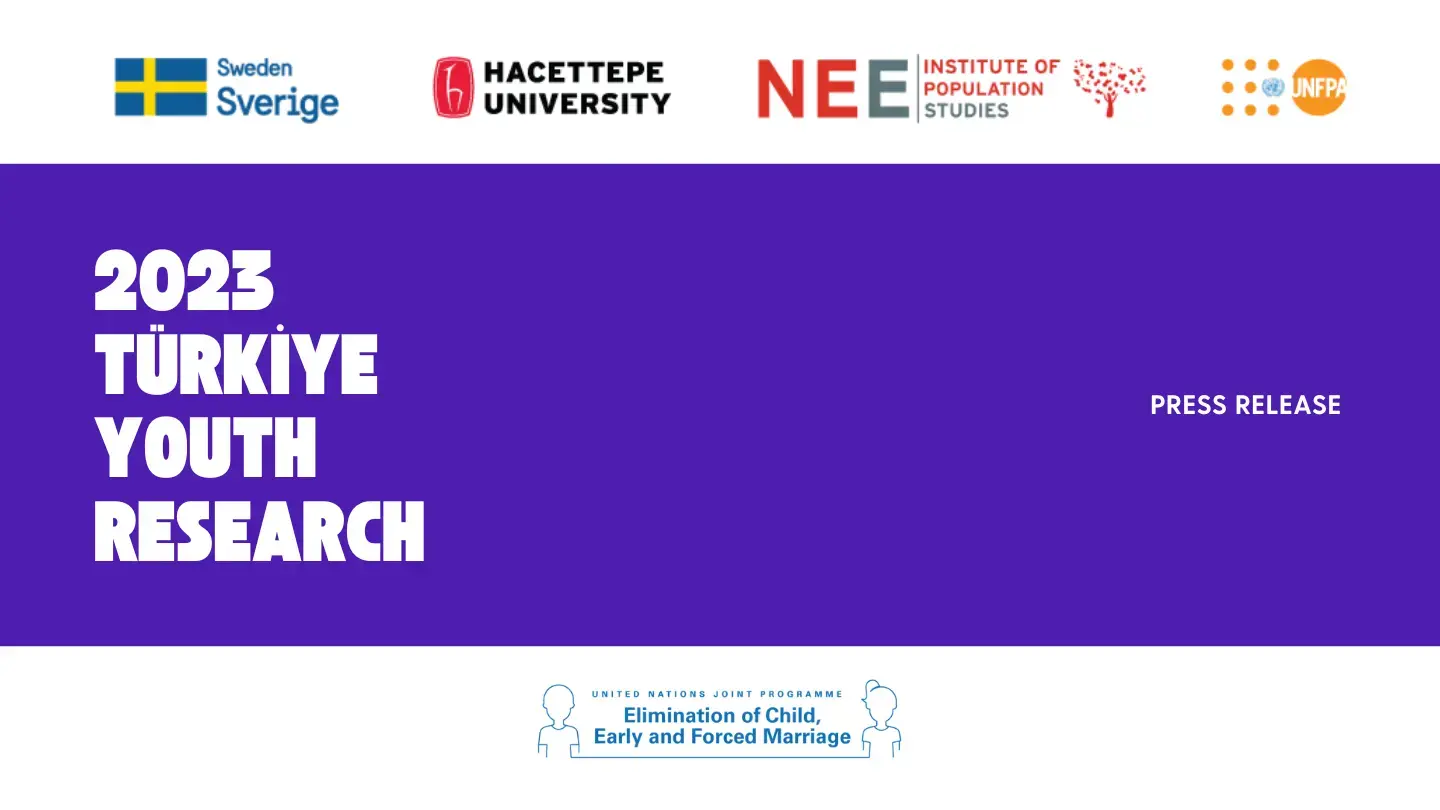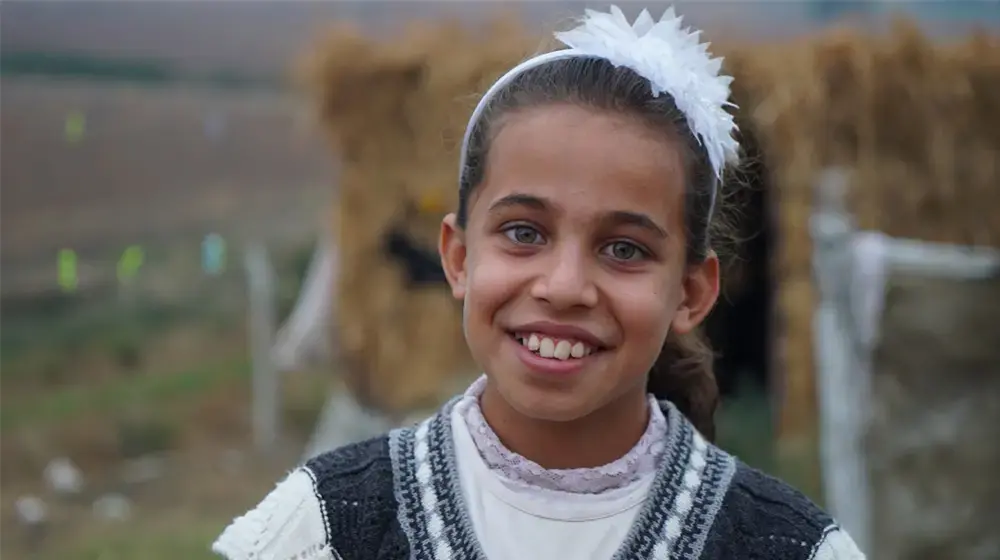The United Nations Population Fund, UNFPA is announcing for the first time this year on World Population Day: The global population is expected to reach 8 billion on 15 November 2022. The latest projections by the United Nations suggest that the world population could grow to around 8.5 billion in 2030, 9.7 billion in 2050 and 10.4 billion in 2100. On this day, UNFPA highlights that “Focus should be on people, not population, on more & equal access to rights and opportunities for all” and call all governments for action to pursue people- centered population policies with sexual & reproductive health and rights at their core.
New York – The global population is projected to reach 8 billion on 15 November 2022, according to the World Population Prospects 2022, released today by the United Nations Department of Economic and Social Affairs. In addition to announcing the “Day of 8 billion” for the first time, UNFPA is taking the opportunity of World Population Day to bring attention to the fact that reaching this milestone is both a cause for celebration and a clarion call for humanity to find solutions to the challenges we face.
The story behind 8 billion and how we’ve got here is a story of triumph. Poverty has declined. The advancements in health have extended lifespans, have reduced maternal mortality and child mortality. The technological innovations have eased our lives and connected us more than ever.
On the other hand, the same concerns and challenges raised 11 years ago when the world reached a population of 7 billion, remain or have worsened, such as climate change, violence, and discrimination. The climate crisis and the disproportionate use of natural resources are worsening existing inequalities and vulnerabilities. Armed conflicts and migration feed violence and discrimination. More than 100 million people worldwide are forcibly displaced.
Not all societies can benefit equally from the developments in health. Women are still dying in pregnancy and childbirth. Millions do not have access to healthcare, social protection and quality education, and continue to live in poverty and suffer from hunger. Women around the world are still denied the fundamental right to make decisions over their bodies and futures, and we are seeing a worrying roll-back of progress on women’s rights in many countries.
But the world is not on the verge of either “the disastrous overpopulation” or “the catastrophic population collapse”. For the first time in history, there is extreme diversity in the mean age of countries and the fertility rates of populations. While about 60 percent of the world’s population live in countries with below-replacement fertility of 2.1 children per woman, other countries have huge youth populations and keep growing apace.
Indeed, we need to keep counting, but we have to look beyond the numbers. Because the solution is not more or fewer people, but increasing and equal access to rights and opportunities for all the people. So, countries need to anticipate and understand the way their population is changing. And accordingly, they need to develop unique responses that can help mitigate potentially negative effects of demographic trends and fully harness the opportunities for all people that also come with demographic change. To achieve this, we have to make sure that everyone is counted.
“This is a success story, not a doomsday scenario,” said UNFPA Executive Director Dr. Natalia Kanem. “Focusing exclusively on population totals and growth rates misses the point - in fact, people are the solution, not the problem. Investing in people, in their rights and choices, is the path to peaceful, prosperous and sustainable societies.”
In an ideal world, 8 billion people means 8 billion opportunities for healthier societies empowered by rights and choices. Strengthening collaboration between countries is critical. Shared solutions are needed to address common challenges. No one country is self-sufficient in our increasingly interdependent world.
We must all work together to address poverty, discrimination, violence and exclusion and other barriers that are denying millions of people around the world their rights and choices. Only then we can build a world where health, education, dignity and equality are rights and realities for all, not privileges and empty promises.
Key Findings of the World Population Prospects 2022:
- The world’s population is projected to reach 8 billion on 15 November 2022. The global population could grow to around 8.5 billion in 2030, 9.7 billion in 2050 and to reach a peak of around 10.4 billion people during the 2080s and to remain at that level until 2100.
- In 1950, the world population was around 2.6 billion people. By 2011, it had grown to 7 billion. It took about 12 years to grow from 7 to 8 billion. The next billion is expected to take approx. 14.5 years (2037).
- Half of the 8th billion added to the world population was a result of Asia’s demographic expansion. Africa made the second largest contribution (almost 400 million).
- 10 countries contributed to more than half of population growth. India was by far the largest contributor, followed by China and Nigeria.
- Africa and Asia will drive population growth until the 9th billion is achieved in 2037.
- Today, two-thirds of the global population lives in a country or area where lifetime fertility is below 2.1 births per woman (also known as replacement fertility). So, while about 60 percent of the world’s population live in countries with an ageing population, other countries have huge youth populations and keep growing pace.
- The median age of the countries ranges from 19 years (in sub-Saharan Africa) to 42 years (in Europe and Northern America) and this range is getting wider.
- Global life expectancy at birth reached 72.8 years in 2019, an improvement of almost 9 years since 1990. But in 2021, life expectancy for the least developed countries lagged 7 years behind the global average.
- Some 1.8 billion people around the world are between ages 10 and 24.
- By 2050, Africa will be home to one-third of all young people (15-24) in the world.
- In many developing countries, the share of population at working ages (between 25 and 64 years) has been increasing.





